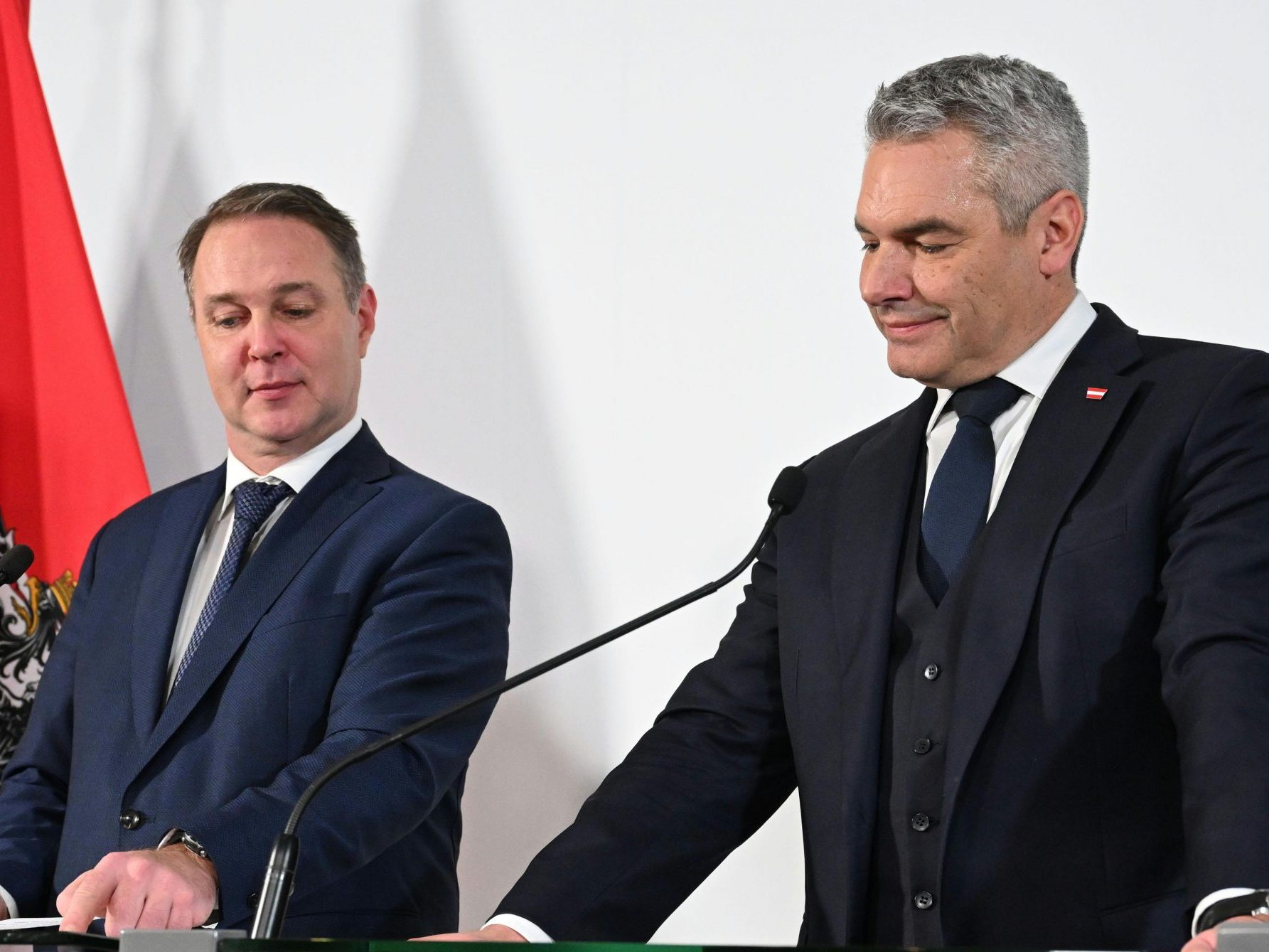"Grand Coalition" between ÖVP and SPÖ would only have a very narrow majority

A coalition between two parties is considered unlikely, as ÖVP leader Karl Nehammer has ruled out a government with the FPÖ under Herbert Kickl. The SPÖ generally rejects a coalition with the FPÖ. However, a coalition between turquoise and red would only achieve a narrow majority. A three-party coalition with the Greens would also be mathematically feasible.
Only One Seat Majority for ÖVP and SPÖ
Only two-party coalitions between FPÖ and ÖVP with 108 seats and between FPÖ and SPÖ with 98 seats would be broadly secured in terms of mandates. ÖVP and SPÖ - the classic "grand coalition" would only have 92 mandates in the 183-seat National Council. A majority in the House requires at least 92 seats - and thus turquoise and red would only have a razor-thin surplus. The parties usually do not enter into such a poorly secured cooperation because of the risk of "deviators" or failures.
Three-Party Coalition between ÖVP, SPÖ and Greens Possible
The question remains of a possible other three-party coalition - here, one between ÖVP, SPÖ and Greens with 108 seats would work out mathematically well. The turquoise-red-pink variant that burst after the NEOS' withdrawal would have reached 110 mandates. A cooperation between SPÖ, NEOS and Greens (75 seats) would not have a majority. It is certain that no party has a blocking minority for constitutional laws anymore. At least 62 seats are necessary for this. The election winner FPÖ only has 57.
(APA/Red)
This article has been automatically translated, read the original article here.





